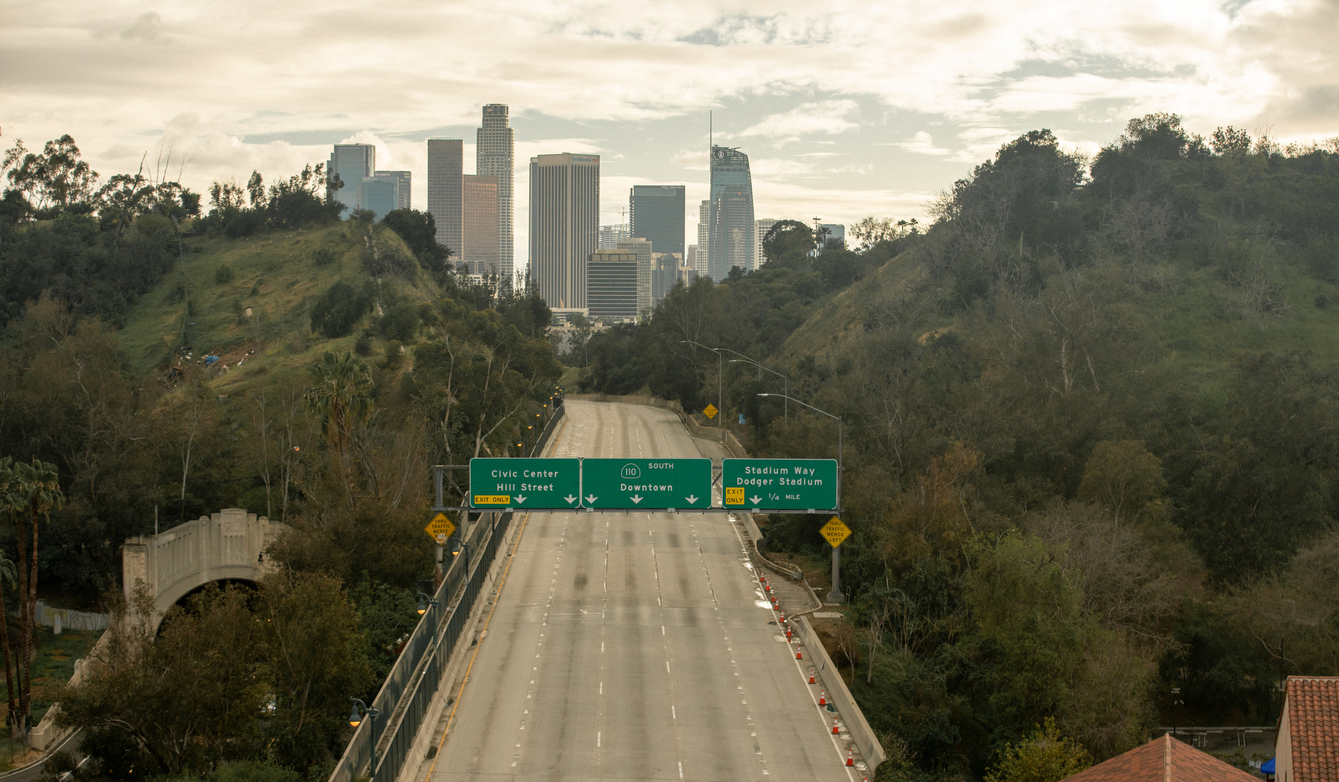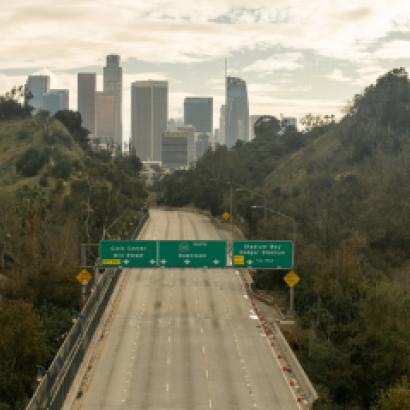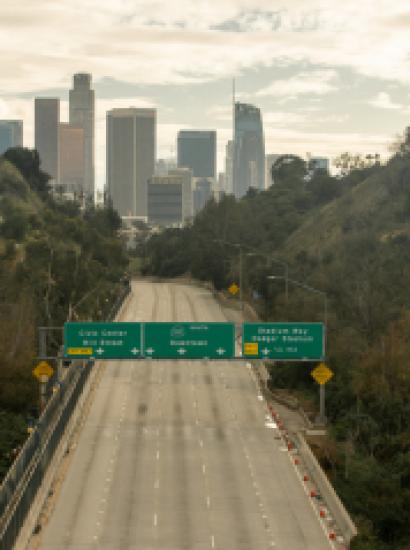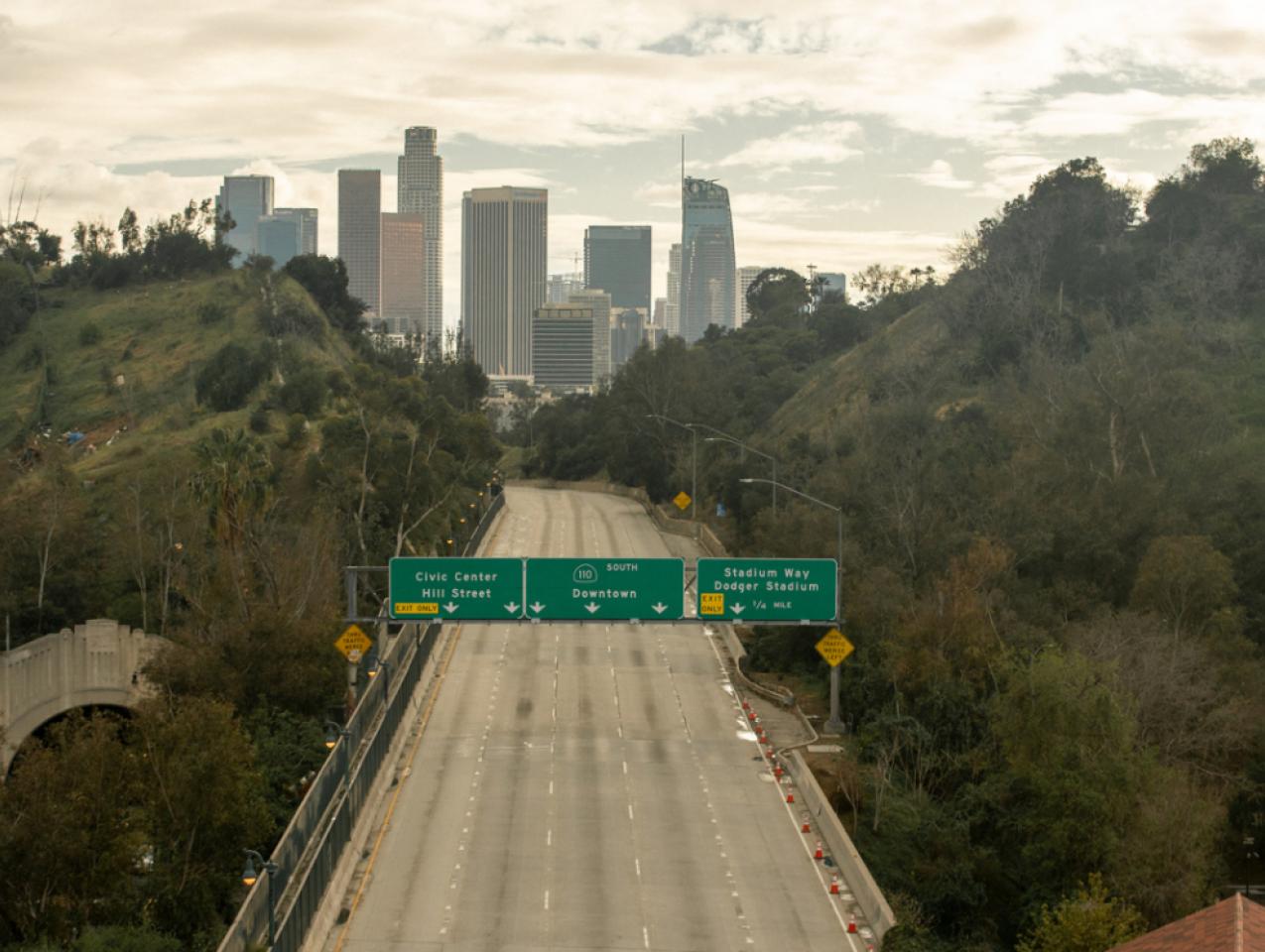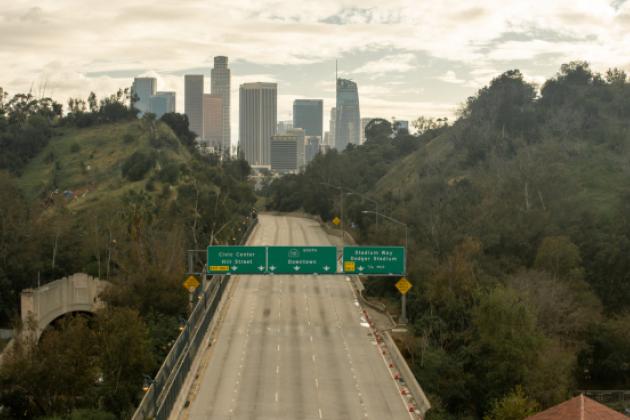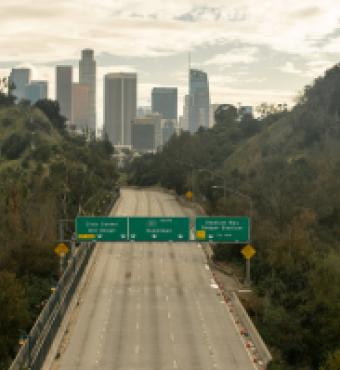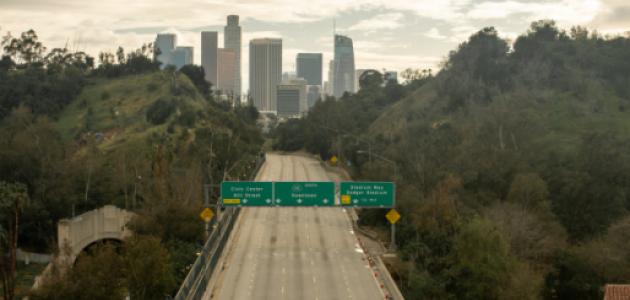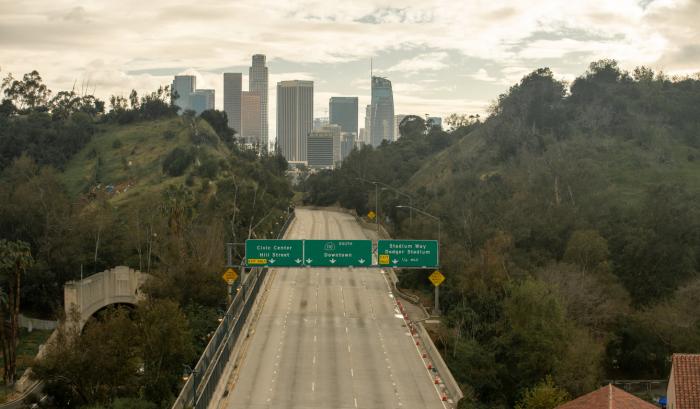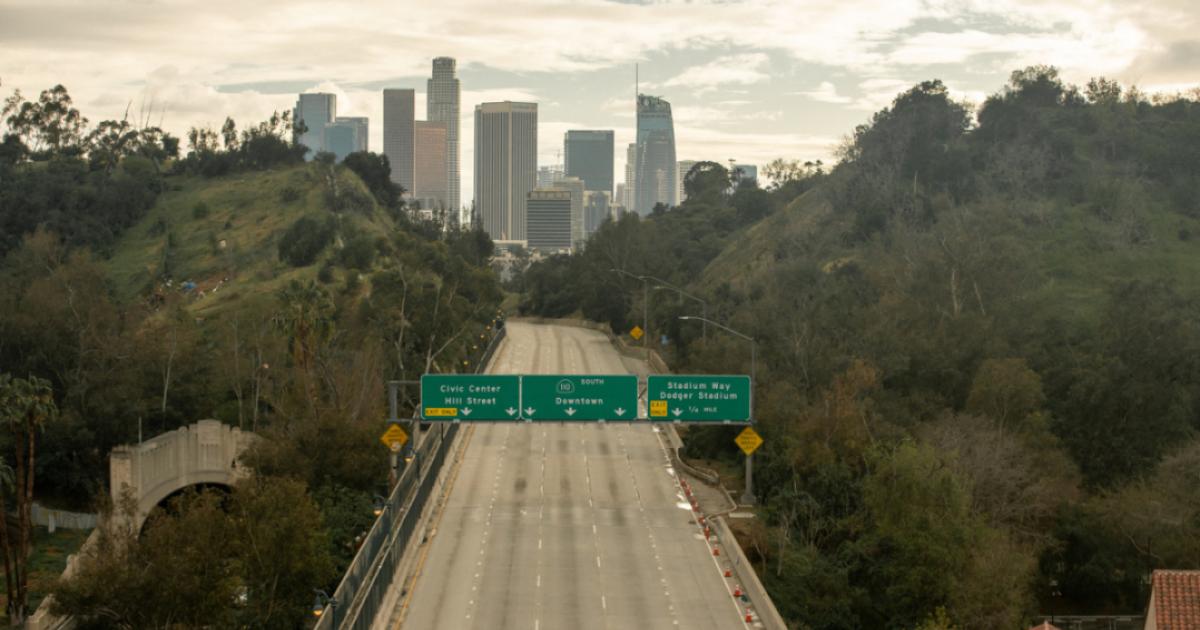- Economics
- US Labor Market
- Health Care
- Politics, Institutions, and Public Opinion
- State & Local
- California
The word that defines California for the next several weeks: “stage.”
That’s because the Golden State’s governor, Gavin Newsom, has determined four stages in returning California to its pre-coronavirus existence.
Stage One, where California is at present: citizens staying at home in hopes of flattening the virus’s curve.
Stage Two, which Newsom suggested last week may begin “days, not weeks, ahead”: lifting restrictions on lower-risk retail and manufacturing businesses, as well as child-care centers.
Stage Three, which Newsom’s indicated is “months, not weeks, away”: resuming business where closer contact is the norm—gyms, spas, nail salons, in-person religious services.
Finally, Stage Four: allowing large-scale public venues such as sporting events, concerts, and conventions—that’s provided a vaccine has come along or effective treatment for the virus is available (in Newsomspeak: “reopening the highest-risk parts of our economy . . . once therapeutics have been developed”).
One can look at this as progress—albeit a slow advance that’s not playing well in certain California communities (areas where beaches have been closed and rural stretches that have experienced little in the way of coronavirus cases).
One can also view the move from stage to stage with frustration, as it is a moving target: Newsom’s “weeks” of waiting for Phase Two becoming “days”—perhaps not coincidentally, at the same time protestors descended upon the State Capitol, resulting in 32 arrests.
One can also look at this not so much as “stages” but as “hurdles,” with Newsom now having to navigate several aggrieved (and powerful) obstacles in his way.
That would include:
Public schools. You could see this coming the moment Newsom suggested last week that the next public school year could begin as soon as July. Here’s one teachers’-union-activist’s response: “It’s insane. It’s not safe to go back in July. Can you imagine being with 40 kids in a room that’s 20 [feet] by 20 [feet]?”
Well south of Sacramento, the superintendent of Los Angeles’s public school system struck a note not so much defiant as it was skeptical:
“Reopening schools will be a gradual process,” said Los Angeles Unified School District chief Austin Beutner, “with a schedule that may be different.” But in order to start the school year, Beutner claimed, “health authorities have to solve some very real issues.” Translation: before classes resume, widespread testing and contact tracing will have to be in effect.
How much of a problem does Newsom have with the education establishment?
The governor can already expect a rough negotiating session with the California Teachers Association assuming a virus-stricken state budget forces cuts in education spending. But further complicating matters is the notion of the governor dictating terms to public schools rather than seeking their input before his public comments.
Which lead us to a second obstacle . . .
Local governments. Education leaders aren’t the only ones upset with Newsom. The governor is also on the receiving end of lawsuits filed by the cities of Dana Point and Huntington Beach in response to Newsom’s temporarily closing all Orange County parks and beaches. (The governor did so after media reports suggested that social distancing wasn’t being enforced along the shore.)
It not’s the first time legal action has been taken against Newsom—as of last week, six lawsuits have been filed against the governor alleging various constitutional infringements (for example, imposing restrictions on places of worship).
But the other storyline: as with the teachers, local government officials were miffed that decision making didn’t rest at the local level. “It is not wise to make public policy from Sacramento based on a couple of photographs out of a local paper,” griped an Orange County supervisor. “I urge the governor to trust the locals.”
As for Newsom’s third obstacle, it involves an entity that factors into California’s economy and its morale: professional sports.
At the end of this week, the National Football League is expected to release its schedule for the 2020–21 season—reportedly, a season that will begin on September 10. That puts the league on a potential collision course with Newsom, as three pro football franchises (two in Los Angeles, one in Silicon Valley) operate out of the Golden State.
If the NFL decides to stage games in empty stadiums, there may not be a problem. But if the league opts for limited fan participation, it could mean no professional football in California, depending on how the NFL model lines up against Newsom’s Stages Three and Four dicta of allowing riskier businesses and large-scale venues to resume.
It also would put Newsom in a difficult place with a powerful California-based entity: the Walt Disney Company. In addition to owning its fabled amusement park in Anaheim (let’s assume Florida’s Disney World opens well before Southern California’s Disneyland), that company also owns ESPN, whose eight-year, $15 billion contract with the NFL expires next year. (By one estimate, ESPN earns nearly $230 million annually in Monday Night Football ad revenue.)
If there is a conflict between Newsom and the NFL, keep an eye on Robert Iger. The Disney executive chairman—he stepped down as CEO in February but is still at work trying to navigate the company through the collapse in tourism and family outings—also sits on the governor’s Task Force on Business and Jobs Recovery. Perhaps Iger could sell Newsom on the NFL’s reopening.
Speaking of media, let’s conclude this column with one last Newsom obstacle . . .
The Sacramento press corps. To paraphrase Shakespeare, though the media presence in California’s capital is little (a victim of industry downsizing and Schwarzenegger postpartum depression), it can be fierce.
And Newsom’s media coverage has been fierce of late.
There’s this Sacramento Bee editorial (“Gavin Newsom’s Half-Baked Announcements Harm Credibility, Raise Troubling Questions”). And this Los Angeles Times story (“Criticism Grows over Gov. Gavin Newsom’s Management of the Coronavirus Crisis”), as well as this CalMatters analysis (“Governor’s Promise to Immediately Feed Seniors Hasn’t Yet Delivered”) and this one courtesy of Politico (“Newsom Executive Orders Test Constitutional Bound—and Legislative Goodwill”).
The critical Sacramento coverage shouldn’t be mistaken for the steel-cage death match that is the daily encounter between President Trump and the White House press corps. However, it does show that the governor’s performance is starting to fray.
And when the media start to chip away at a leader’s performance, questioning his rhetoric and results? It’s Stage One of a credibility problem.







